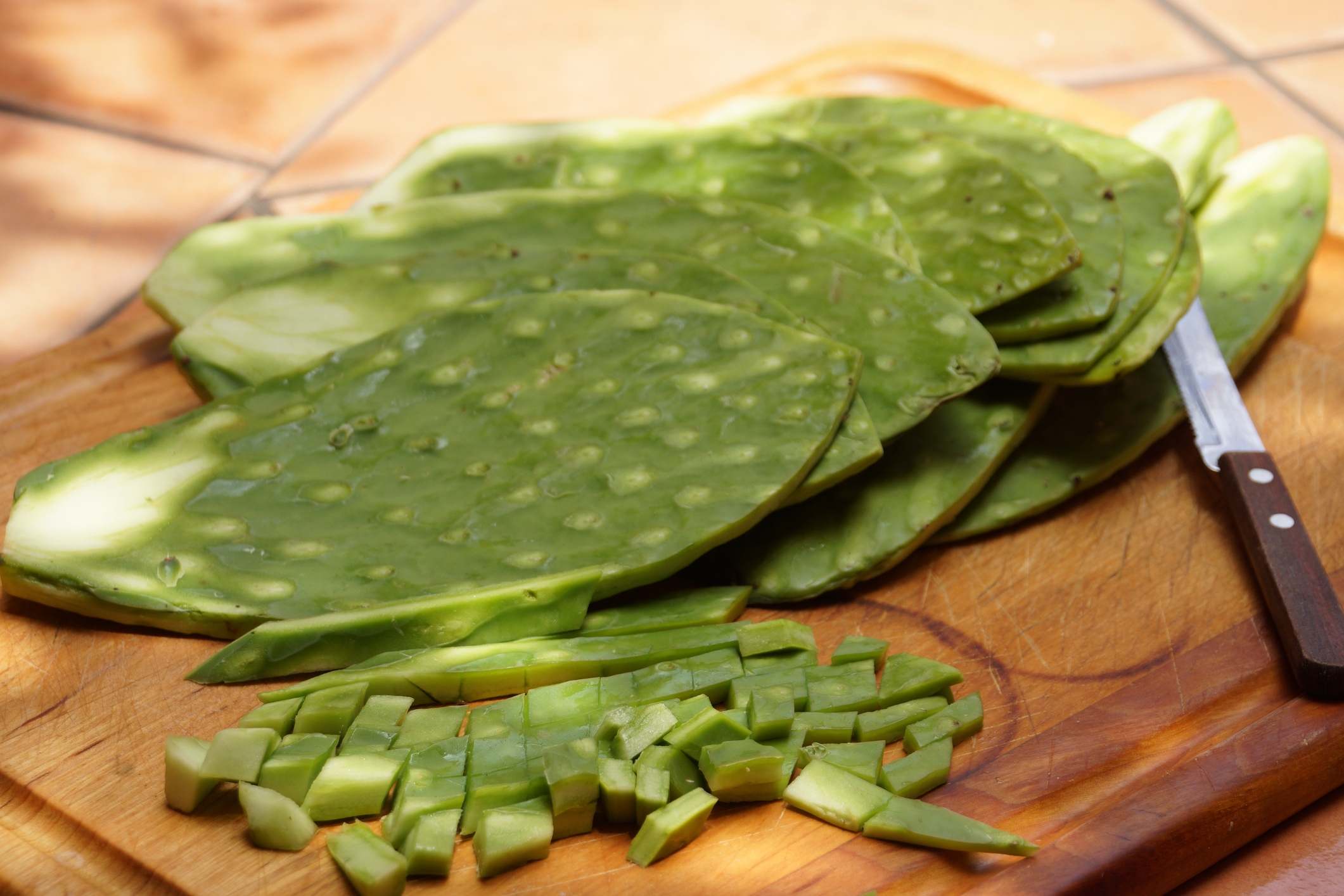Prickly Pear Cactus
The prickly pear cactus might not be the first plant one associates with Canada, given the country's cooler climate. However, the native prickly pear, particularly Opuntia fragilis, defies expectations by thriving in select regions, showcasing the country's diverse ecosystems. In Siksiká it is known as otahkoottsis, meaning 'many sharp points'. This hardy cactus, with its distinctive flat pads and succulent fruits, is not only a testament to nature's adaptability but also has culinary and cultural significance.

More on Prickly Pear Cactus
About
The prickly pear cactus is characterized by its flat, oval pads (often referred to as nopales) that are dotted with clusters of tiny spines called glochids. During its blooming season, the cactus produces bright yellow flowers, which eventually give way to the fruit, commonly known as the prickly pear or "tuna." In Canada, Opuntia fragilis can be found in specific regions, particularly in the southern parts of British Columbia, Alberta, and Saskatchewan, where it has adapted to the dry, rocky soils and the challenges of colder winters.
History
While prickly pears are more commonly associated with desert regions, their presence in Canada is a reflection of post-glacial migration and adaptability. Indigenous communities have long recognized the value of the prickly pear, using various parts of the plant for food, medicine, and other practical applications. The cactus has been a source of sustenance, its pads and fruits harvested during the appropriate seasons, while also serving symbolic and spiritual roles within Indigenous cultures.
Ways To Cook
Both the pads and fruits of the prickly pear cactus are edible, though they require careful handling to avoid the tiny, hair-like spines. The pads (nopales) can be sliced and sautéed, offering a taste and texture akin to green beans with a hint of tartness. They can be incorporated into salads, stir-fries, or served as a side dish. The fruits, once peeled, reveal a sweet, juicy flesh, and are often a favourite for fresh consumption, juicing, or turning into jams and jellies. In regions where the prickly pear is native, it's not uncommon to find candies, beverages, and even ice creams flavoured with this distinctive fruit. In Canada, its presence offers an opportunity for innovative chefs and food enthusiasts to explore and integrate this unique ingredient into local dishes.
